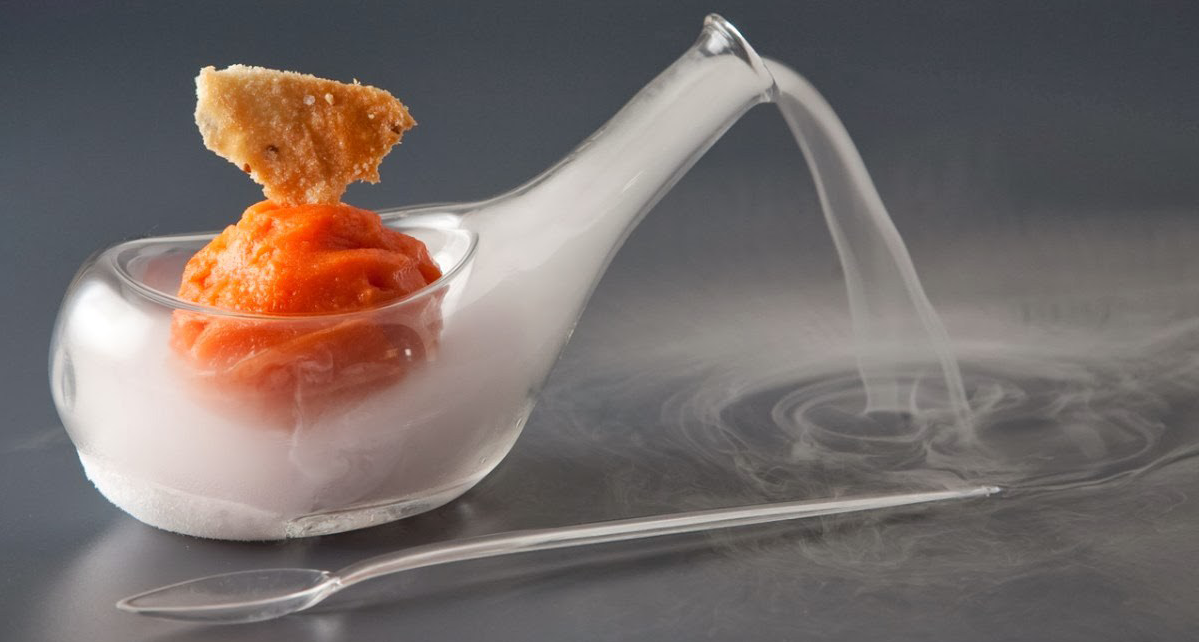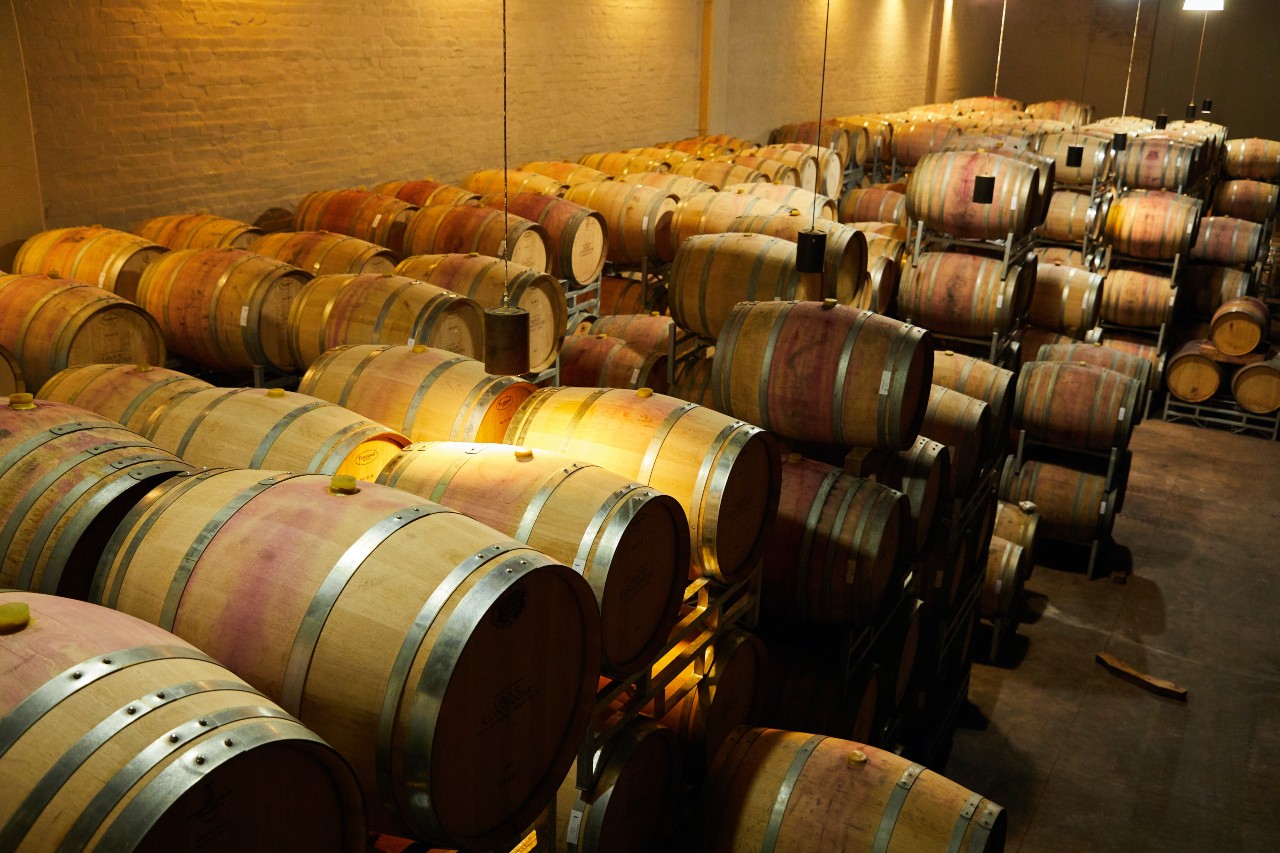I‘ve been reading many articles about what the larder of the future might be like, where we’re going and whether we’re moving in the right direction. In this article I’ve brought together several of the forecasts which caught my attention and which in some cases have unsettled me quite a lot. Over to you, to see what you think.
In our information era all foodstuffs seem to be more intelligent and offer many more benefits than simply feeding. From milk which helps to lower cholesterol levels to a yoghurt which hydrates the skin from within… This was science fiction for our grandparents, but for us it’s a reality, the concept of nutrition is changing every day.
So, ecological products, yes or no? Despite being proven that the production of ecological foodstuffs offers greater benefits to the environment than conventional agriculture in some aspects; a series of articles have been published recently in the best international scientific food magazines that not only are ecological foodstuffs no better nutritionally than traditional foodstuffs but it’s also been demonstrated that traditional foodstuffs are no more risky for the consumer, in terms of public health than the ecological products.
If we add to this it’s high price compared with traditional food stuffs and the high levels of confusion which still exist in the labelling despite the latest regulations. we can state that ecological agriculture and animal husbandry are going through a difficult moment.
Are we what we eat?
Many years and many periods in the history of humanity have passed since Hippocrates, the father of medicine uttered the famous phrase “Let food be thy medicine and medicine be thy food”. Anthelme Brillat-Savarín said something similar “Tell me what you eat and I’ll tell you who you are”. Can we therefore conclude that there is a grain of truth in these wise words?
There were many periods when these words were scarcely taken into account, other periods somewhat more and now in the present day whilst one sector of society stuffs itself with so called “junk food;” sugary drinks and other soft drinks, processed foods, hamburgers, commercial chips and snacks amongst other things, there are parts of society opting for a healthy diet to help them stay fit and ward off illnesses.
But, is it true that a healthy diet helps us to stay healthy? Can food really be our medicine? These and many other questions are posed daily by many people. It’s generally difficult to know and to prove whether one is in possession of the absolute truth, but one has to follow a certain logic depending on the facts available.
And so we arrive at meat created in a laboratory from stem cells. The technical advances in techniques , biology and research allow us to apply knowledge to human needs and from there came the idea of scientific production of meat, with the aim of feeding the population, an idea which is both interesting and unsettling. The system uses the same technology developed to artificially create organs for transplants.
The University of Maastricht is carrying out research to create meat from stem cells taken from the musculature of pigs, from the stem cells they create the meat in vitro. This process is being carried out with pork but could also be used with chicken, lamb or beef.
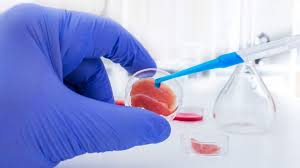
The cells used, are taken from the animals without need to sacrifice them nor is their health damaged, which for the animal rights groups would be a great success. As they are cells whose genetic destiny is to be muscular fibre they need stimulation in order to develop, just like that received from doing exercise. Having been developed in the laboratory, physical exercise is replaced by electrical stimulation. The novelty at the University of Maastricht has been to substitute the electrical charges for tension.
At the same time, we cannot forget the sea, which will be the great pantry that will feed the world. Marine aquaculture will be fundamental in feeding the 9.200 millions of inhabitants that are predicted to be on the planet in the year 2050.

An international team led by researchers from Spanish National Scientific Research Council (CSIC) has just published a prospective study which shows that this type of production could grow from the present 34 million tonnes to 600 million tonnes by the middle of the century. This could make up for the shortcomings of agriculture and livestock, given the limitations in the availability of water and fertile land. Researchers believe that the present fishing model is not sustainable and in the long term would result in stocks being fished to depletion.
The biggest advantage of marine aquaculture is that the production of animal protein in the sea hardly uses freshwater , whilst livestock farming on land is a much more intensive user of water. It’s true that that feeding a 9.200 millions of people con a healthy diet is a challenge of colossal proportions. A challenge that can only be successfully met through integrating food production on land and in the ocean. Aquaculture is the fastest growing sector in the food production area. Using the techniques of directing and promoting the reproduction of fish, molluscs and algae in both fresh and sea water. The extension of aquaculture might be the next revolution in food production.
To improve the quality of the seas and their oxygenation, scientists advise a notable increase in the production of marine algae, to be used in animal foods, human food and biofuels, which could help to reduce greenhouse gas emissions. The algae farms, as well as the bivalves and other filters, improve the quality of the water and have a positive effect on the eco-system.
A good example of this is Ángel León, the sea chef with a Michelin star, three suns from the Repsol Guide, his restaurant chosen by the New York Times as one of the ten best restaurants in the world. The sea is his “healthy obsession” to which he decided to dedicate his attention it being “a resource which is completely unknown” despite it providing a third of the food which we consume.
And so he discovered algae but above all plankton, the base of the food chain but in his hands it also becomes human food, the “garum of the XXI century”, which we’ll speak about in future articles. He works with seven types of plankton which he and his crew of “Aponiente” cultivate in a complex process.
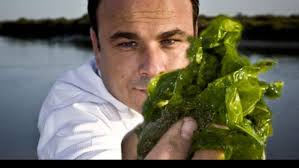
It has 40% more Omega 3 than olive oil. What does it taste like? Nobody has a taste memory of plankton, it’s worldly and cosmopolitan, it’s like sea-anemones and goose barnacles. For Ángel León the sea tastes of plankton and he’s convinced that it will be one of the great ingredients in the food of the future.
Some of the best recipes are for example a creamy rice of pure marine plankton with cockles, plankton and ogonori seaweed, or the plankton bread of his restaurant–boat. He is also the delicatessen maker of the sea. With the underappreciated mullet he creates chorizo and butifarra (Catalan sausage), black pudding with a heart of tuna, a sobrasada (Majorcan spreading chorizo) made of shrimps, and iodine salty cheese to spread on a “focaccia”. He extracts the plasma from fish bones and uses it in emulsions.
Using olive stones as coal, powdered fish-scales as a thickener, inventing Clarimax to de-fat broths with micro-algae.
He recreates “marine x-rays” to “introduce his biology through cooking” as though it were the biological background dish of a plaice. He plays with the trompe l’oeil of “autumnal sea cuts” such as a rack of croaker fish made with meat juices from lamb or Madrid style tripe, from the sea. To bring to the dish the sensuality of the waves the soup “dream of a sea in movement”. Next is to offer to the diner, marine bioluminescence using proteins and enzymes which produce light and that are present for example in the squid, fished in the Bay of Cadiz.
He works with algae which contain polysaccharide similar that found in beetroot, making it the “sugar of the sea”. There is also the “fat of the sea” mar”, also obtained from algae which he wants to synthesize and use in foodstuffs.

Well, we have seen what’s happening in the areas of livestock and the sea, but in agriculture? Did you know that in the heart of the Arctic is the store of the foodstuffs of the future?
Climate change, the breakout of a great war or even devastating natural phenomenon that might come to destroy the millennial ecosystem within which we live. Should there be a great tragedy which destroys the major crops which feed humanity, there is in existence a store, designed to guarantee the survival of the most precious plants of the Earth. It is the World Seed Bank of Svalbard, which was created in 2008 and is sited on top of an arctic mountain in the Svalbard islands, 1,300 kilometres from the North Pole. A Noah’s Ark for all kinds of fruit and vegetables.
Specifically the entrance is 130 metres above sea level, at a height well above the worst predictions as to what might be the sea level should the poles melt in the coming centuries.
Precisely this enclave ensures that the seed bank is immune to any conflict, even if there were an explosion or a bomb in the Arctic, something that would not destroy the seed bank. As one reaches the interior the temperature drops until one reaches the seed pantries, where the air is maintained a 18 degrees below zero. There the pantries have rows of shelves with large plastic containers where there are 865.871 packets of seeds representing 5.000 species and nearly half of the most important food crops in the world. In this place there are seeds from Africa, Asia y America, even boxes from North Korea.
Going back to the beginning of this article and at the same time ending with what is presently within our reach in this information era; a time when all foodstuffs appear to be more intelligent and to offer many more qualities than simply feeding, we’re going to talk about the nutrients or nutraceuticals that are now a reality in our pantries of the future.
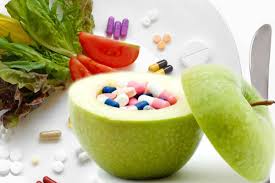
It’s obvious that eating well is the basis for good health. But now medicine and nutrition have an advantage: if we make full use of the nutrients in food, we can live more healthily and with an improved appearance. According to experts in this area, the nutrition of the future should enable one to live longer, achieve better health and hence help us to see ourselves in a positive light.
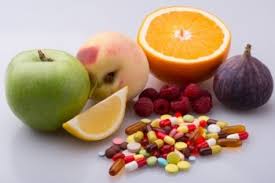
To live longer, both the diet we follow and the nutrients we include must be of good quality and fulfil all the necessities of our body. Each individual body needs about 40 nutrients which include carbohydrates, fats, proteins, vitamins and minerals. The challenge is how to maintain the nutrients given that their loss is one of the greatest disadvantages of the considerable amount of processing and product development which they undergo to improve taste or lifespan. Researchers are using new technologies applied to foodstuffs to ensure that these manipulated products don’t lose their nutritive qualities. This is where functional elements come into play; these are engineered in some way to provide extra quantities of calcium, Omega 3, folic acid, etc… all beneficial for the body.
They are food complements which are scientifically proved to be good for health: they do it through improving the physiological functions, for example vitamin supplements. These are complementary products and not meant to substitute food. Functional foodstuffs are foods prepared to have therapeutic properties.
They should be consumed in normal and suitable quantities, within a balanced diet and not as medicine. Examples are:
- Probiotics: bacteria that can survive in the intestine, modifying the balance of its microflora ejerciendo efectos beneficiosos on your digestive system. Such as probiotic yoghurts. tu sistema digestivo. Como los yogures con probióticos.
- Prebioticos: non-digestible substances which induce the growth of certain bacteria in the gastro-intestinal tract, thereby improving the digestive process. They are found naturally in vegetables such as leeks, onions, garlic, alfalfa, bananas etc They can also be added to drinks, dairy products and confectionary.
- Antioxidantes: a group of minerals, vitamins, vegetable compounds and enzymes which try to inhibit any damage by free radicals, delay aging of the skin and prevent oxidation of the cells. There are three types of anti-oxidants: vitamins A, C y E (fruit and vegetables, oil and some fish) trace minerals such as selenium and zinc (shellfish or nuts) and polyphenols (in red fruits, citrus fruits, oils and pulses).
- Fitoesteroles: substances very similar to cholesterol. When introduced in the diet, they block the absorption of bad cholesterol (LDL) in the intestine they are expelled through the bowel movements. They are highly recommended when there are high levels of cholesterol in the blood. You can include them in your diet with nuts such as almonds, walnuts, peanuts and in vegetable oils.
¿Carne hecha en laboratorios?
El Mar será la gran despensa que alimentará al mundo en 2050
Ángel León comparte su sueño oceánico en “Chef del mar”
La ‘despensa’ del ártico que conserva los alimentos del futuro
El búnker bajo hielo donde se almacenan los alimentos del futuro
Alimentación sana y natural
Alimentos Ecológicos…¿Sí o no?
La Despensa del Futuro


